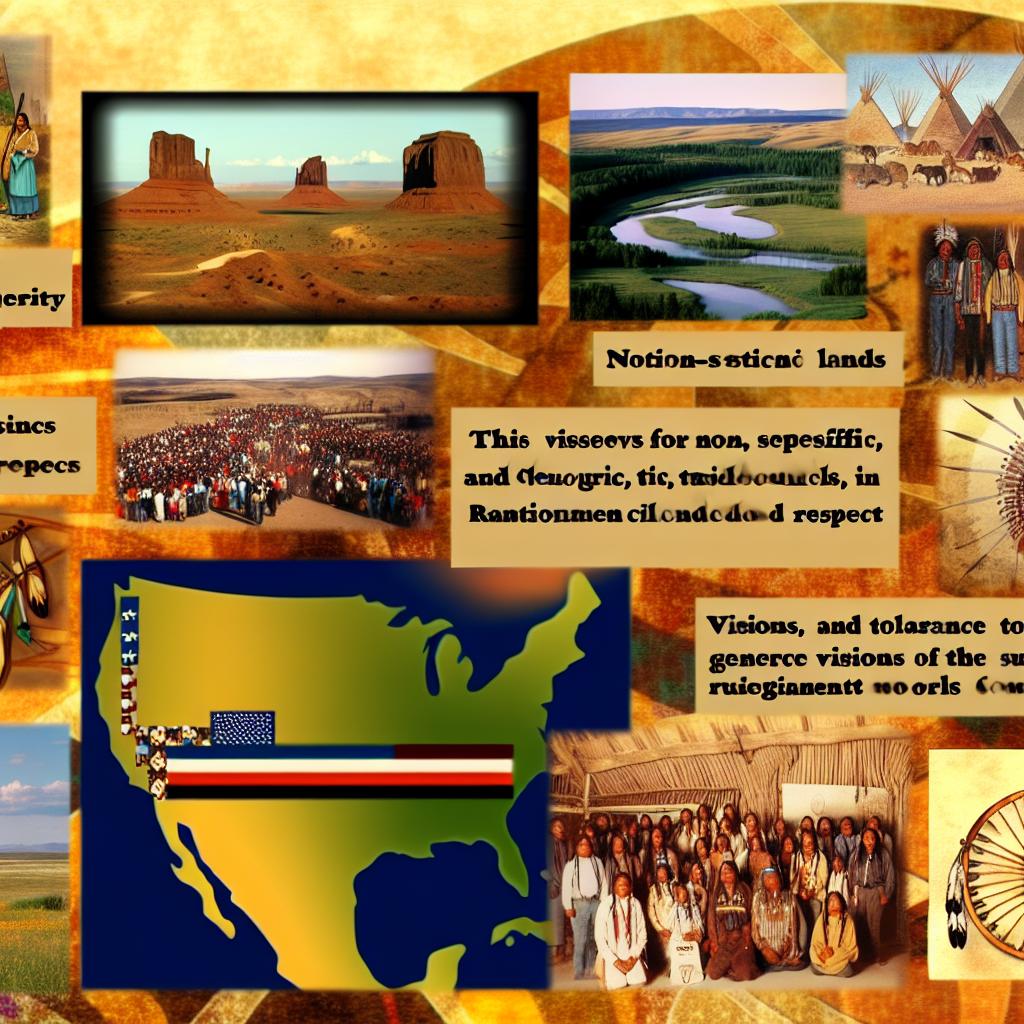The Origins of the American Indian Movement (AIM)
The American Indian Movement, commonly known as AIM, emerged in 1968, a pivotal point in American history marked by widespread social change and civil rights activism. Founded in Minneapolis, Minnesota, AIM was spearheaded by a determined group of Native American activists who sought to confront and alleviate severe hardships faced by Native American communities. These hardships stemmed from systemic injustices such as poverty, discrimination, and police brutality, all of which had profound impacts on Native communities across the United States.
Early Goals and Advocacy
During its formative years, AIM aimed to address the pressing needs of urban Native American populations. Many Native Americans had relocated from reservations to urban areas as a result of government policies, and this transition often led to a complete upheaval of their traditional way of life. The movement’s early focus was on the immediate challenges these individuals faced, which included the lack of adequate housing, education, and employment opportunities. Moreover, AIM sought to tackle health-related issues that were prevalent within Native American communities.
A significant part of AIM’s advocacy involved robust community programs designed to empower Native Americans. By focusing on education, employment, and health services, AIM endeavored to generate meaningful improvements in the lives of Native individuals. These programs not only provided essential services but also promoted self-reliance and dignity among Native Americans.
Key Events and Actions
The early 1970s marked a crucial period for AIM, during which the organization gained national recognition through a series of bold protests and direct actions. One of the earliest and most influential of these was the occupation of Alcatraz Island from 1969 to 1971. This occupation was emblematic of the broader movement’s goals, as activists demanded that the iconic island, once a federal penitentiary, be repurposed and returned to Native American control. The stand at Alcatraz served as a stark reminder of the federal government’s long-standing failure to honor treaties and obligations to Native tribes.
Another hallmark event was the Wounded Knee Incident in 1973. During this dramatic 71-day standoff, AIM members took over the town of Wounded Knee, South Dakota, drawing significant international attention to their cause. Through this bold action, AIM brought the issues of tribal sovereignty and treaty rights to the forefront of national discussions, highlighting the critical challenges faced by Native Americans.
These protests were not merely symbolic but served as tangible demonstrations of resistance against oppressive systems. They underscored the historical and ongoing injustices suffered by indigenous people in America and emphasized the urgent need for change.
The Legacy of AIM
Despite the challenges, AIM’s influence has persisted well beyond the specific interventions of its early years. The movement not only galvanized direct policy changes but also inspired subsequent generations of Native Americans. The issues highlighted by AIM, including the enforcement of treaties, the preservation of Native cultures, and the fight for sovereignty, remain pressing today.
In the years following its most active period, AIM faced internal conflicts and external pressures, particularly from the federal government. These challenges led to shifts and changes within the organization. Nevertheless, the enduring impact of AIM on both the national consciousness and within Native American communities is substantial. AIM was instrumental in raising awareness among the broader American public and fostering a deeper understanding and respect for Native American issues.
Continuing Impact and Modern Context
Today, the legacy of the American Indian Movement continues to resonate and inspire Native American activism. Across the United States, numerous organizations and activists carry forward AIM’s mission to advocate for social justice, environmental protection, and cultural preservation. Learning from AIM’s bold actions, these modern movements draw upon a rich history of resilience and advocacy to advance the rights of indigenous people.
For those interested in exploring ongoing Native American rights movements, resources such as the Native Women’s Wilderness website or the National Lawyers Guild International offer valuable information and perspectives.
In summary, the American Indian Movement has played a crucial role in both calling attention to and addressing the myriad rights and issues concerning Native Americans. Its enduring legacy serves as a reminder of the ongoing struggle for equality and justice. By understanding and honoring Native American history and culture, society can continue to build on the foundations laid by the American Indian Movement to create a more just and equitable future for all.

